黎家齐 LI Jiaqi
jeekwai@foxmail.com
#virtuality #reality #capital #culturaloutput #visualexperience #contemporaryart
#虚幻 #现实 #资本 #文化输出 #视觉经验 #当代艺术

Andy Serkis Performed Facial Motion Capture For The Monkey Emoji 安迪瑟金斯为猴子emoji做脸部动捕
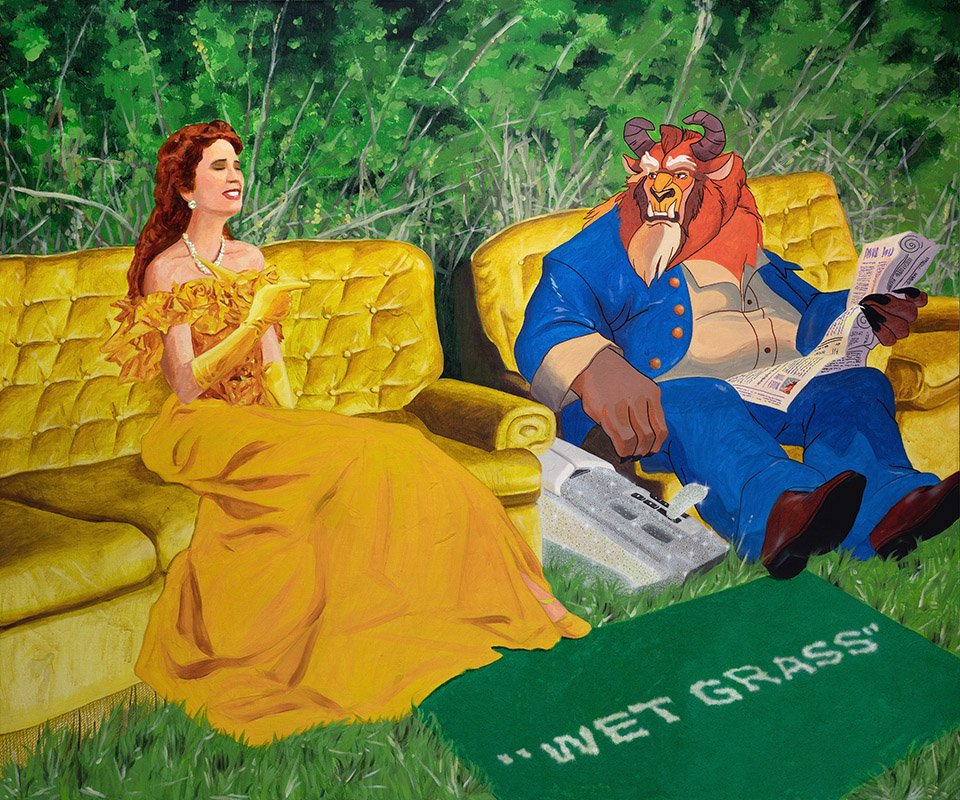
Wet Grass Accord 湿草地协议

Magic Black Mirror 黑魔镜

Nada Had To Choose 纳达的抉择

Narcissus's Love 纳喀索斯的爱

Picasso's Bread Hand Illusion 毕加索面包手幻觉
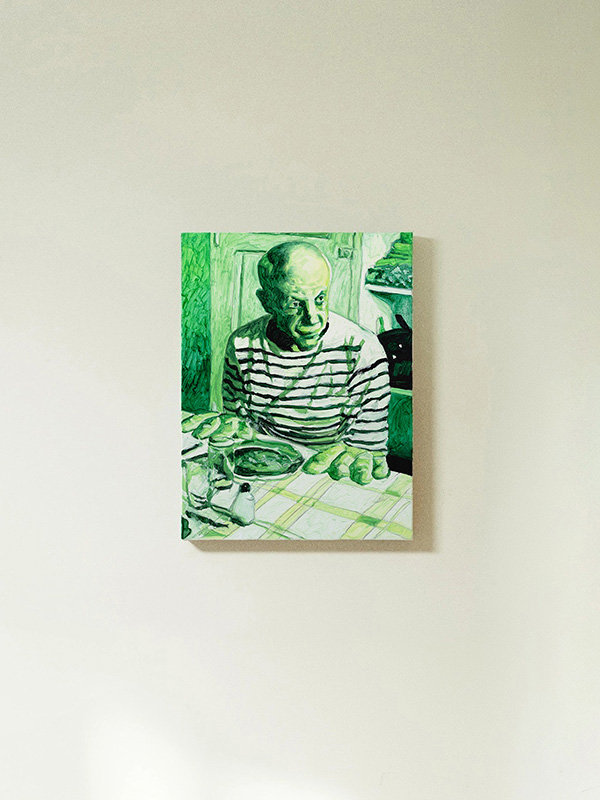
Portrait of Picasso 毕加索肖像
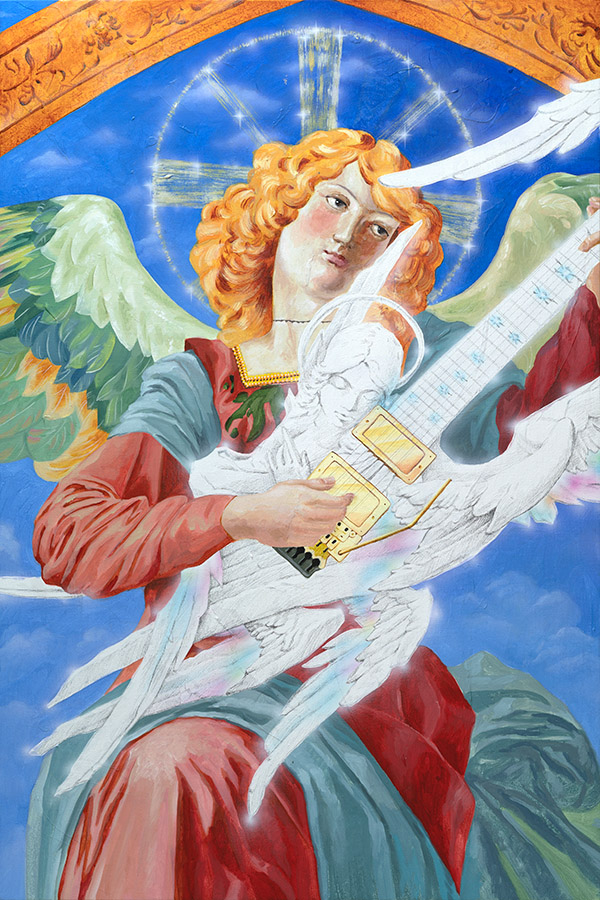
Angel Takamiy 摇滚天使
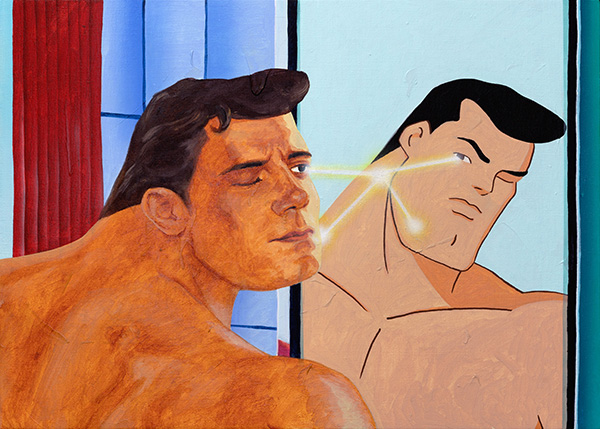
The Principle of Symmetry 对称性原理
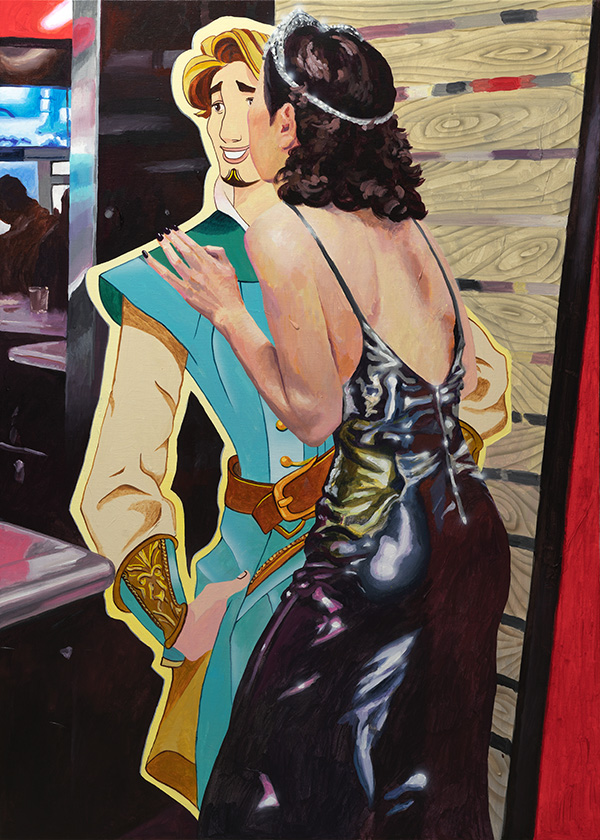
Prince Trompe L’Oeil 纸片王子

I Only Drink The Fruit Milk That Lily Tomlin Feeds Me 果奶我只喝莉莉·汤姆林喂我的
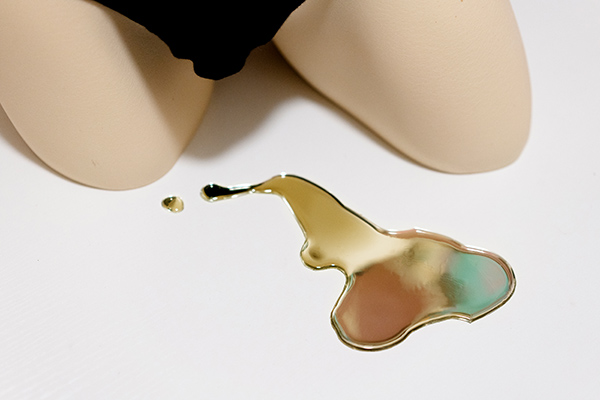
Take A Piss And Take A Good Look In Yourself 何不撒泡尿照照自己
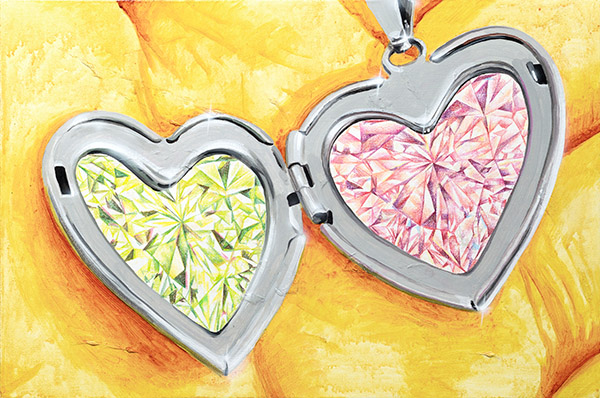
Heartshape Locket In Baudrillard's Hand 鲍德里亚掌中的心形锁项链
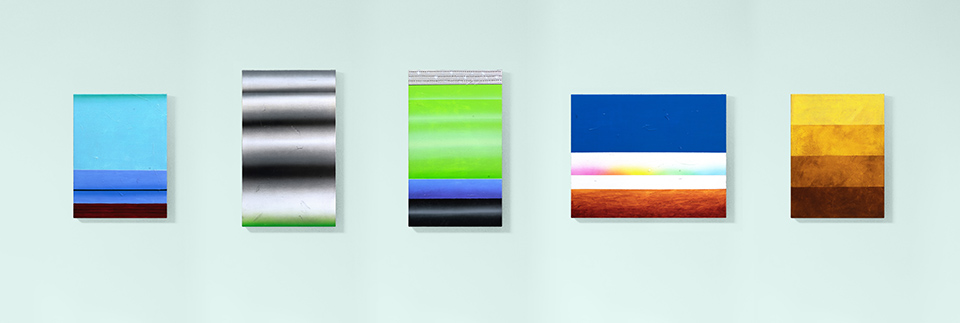
Nova-Deco Series 超新德科系列
Princess Syndrome 公主病
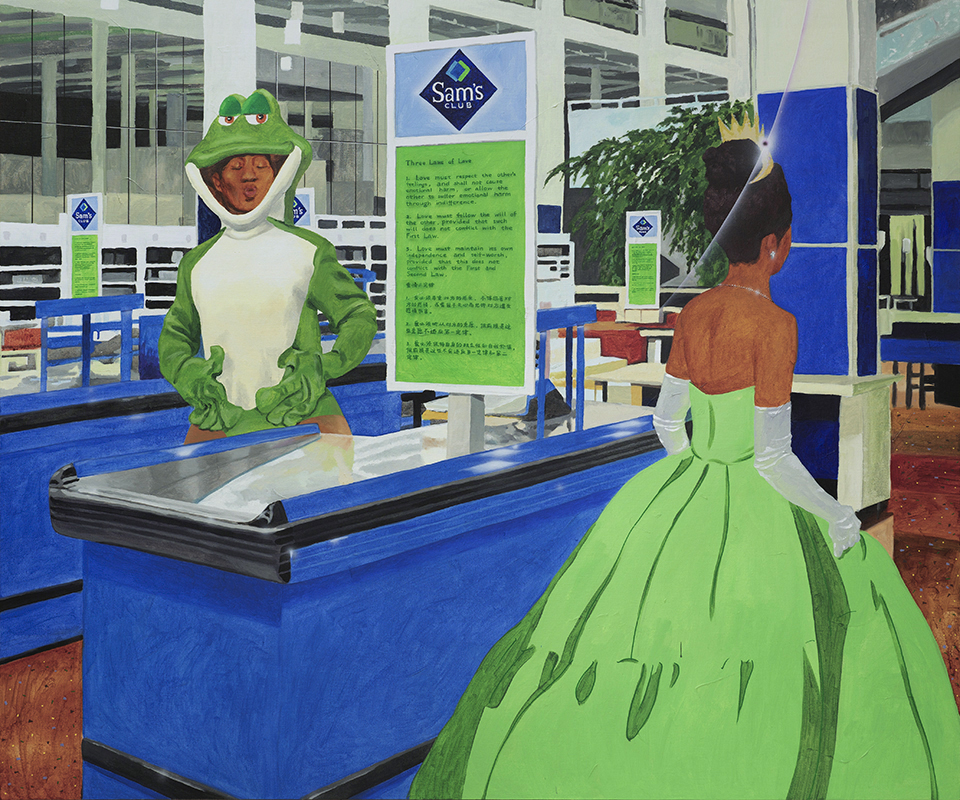
Sam's Law 山姆定律
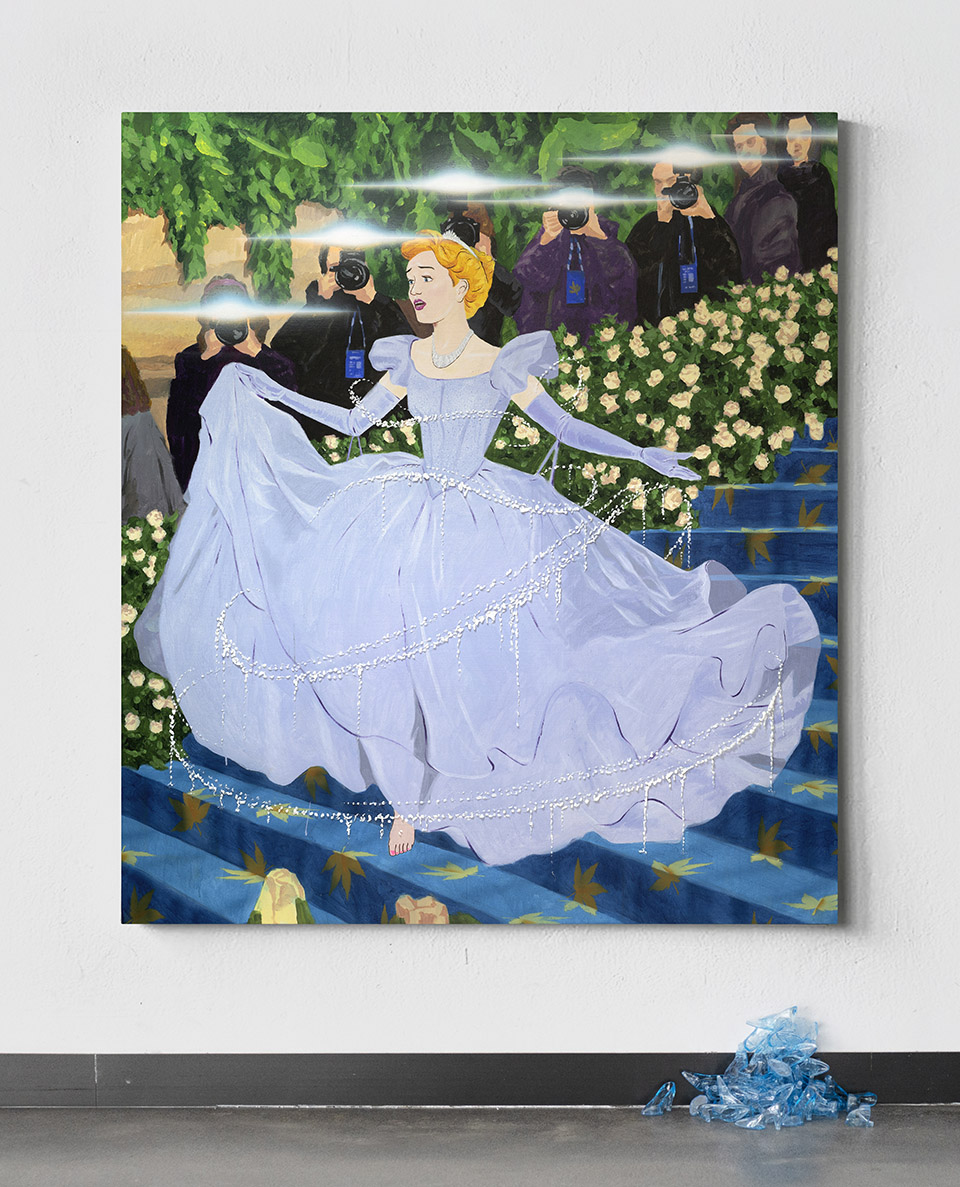
Horror Night at the Film Festival 电影节惊魂夜
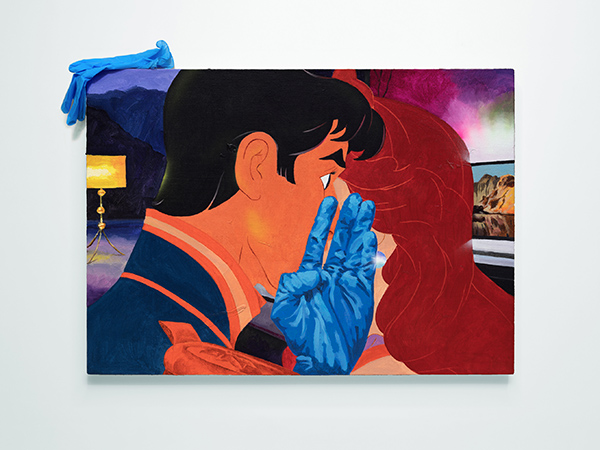
PSST 嘘
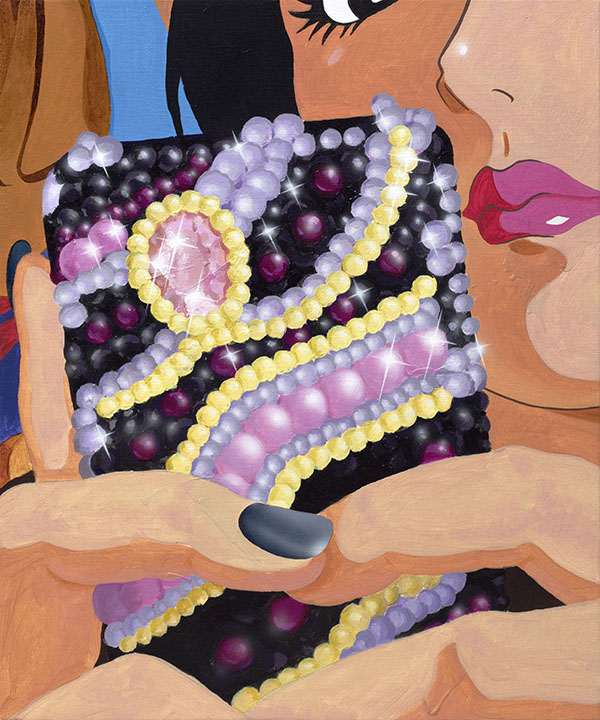
Bling Bling 布灵布灵
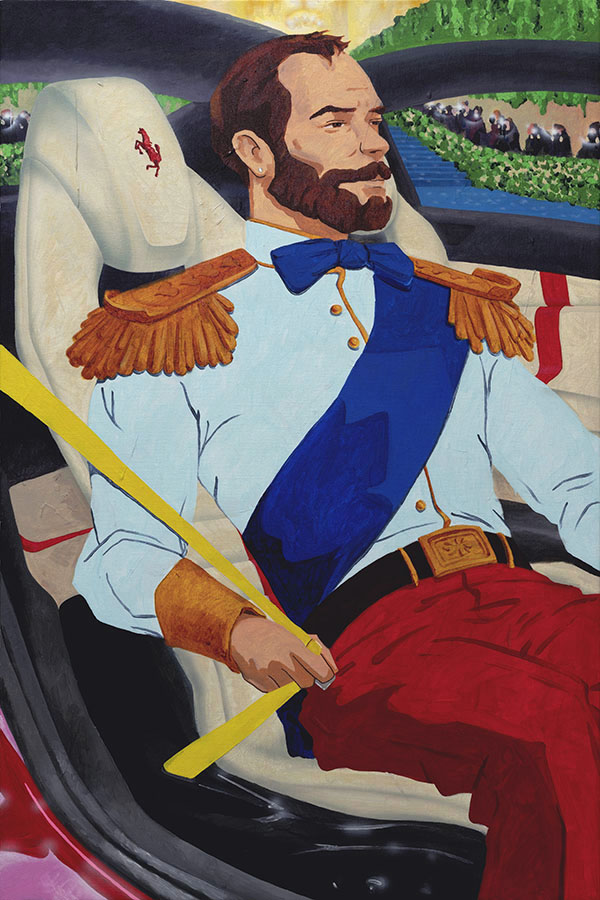
Prince And His Ride 王子马车
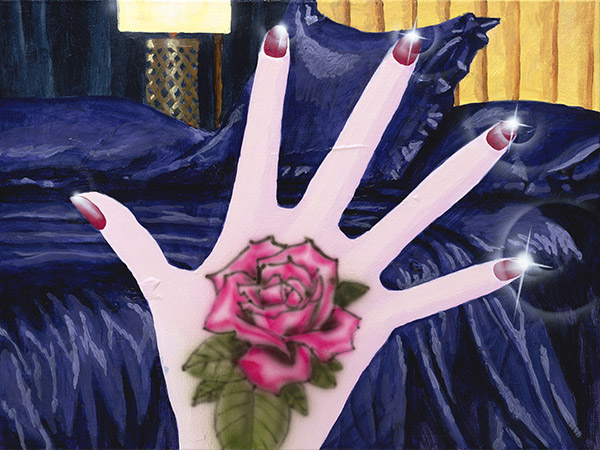
Summer Into Rough Hand 落入糙手的夏日
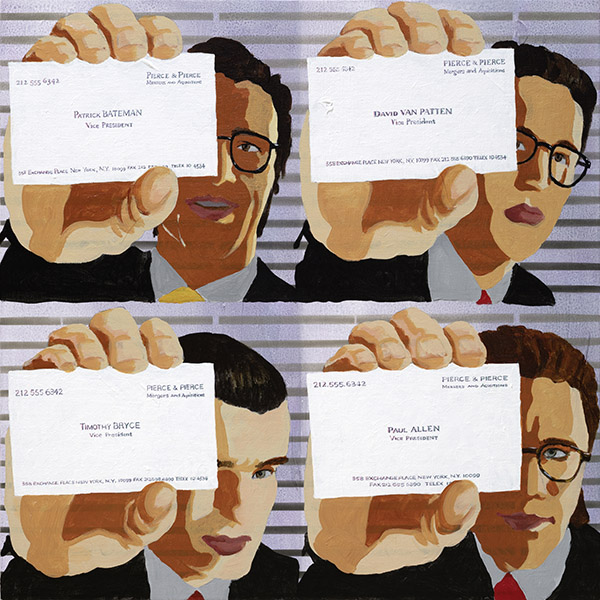
Psychos 赛寇
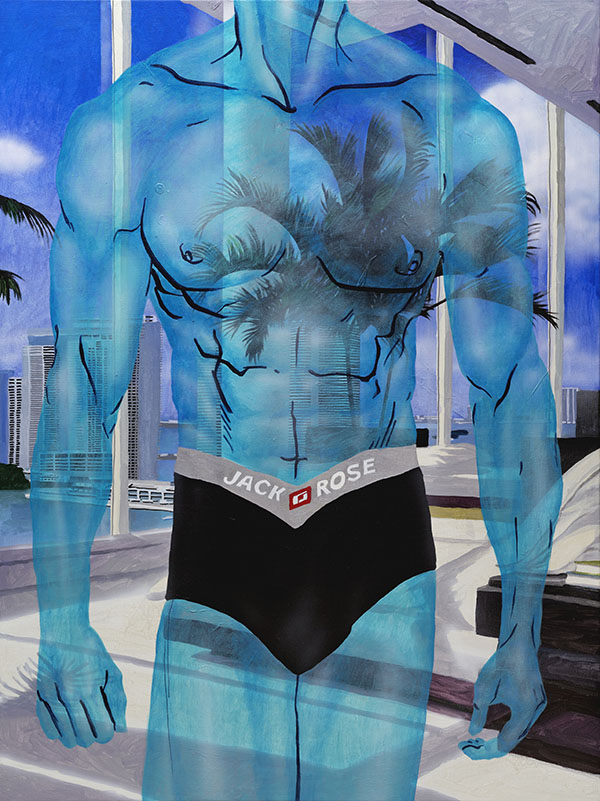
Jack & Rose 杰克露丝

Play 扮演

T-00:00:00

AMBULANCIAGA

Don't Fall 别在爱的路上摔倒

Weeping For Love 为爱流泪

Mockup TV 样机电视

1 New Message 1条新消息

Hop in Princess 公主请上车

VALHALLA 万神殿

VALHALLA 万神殿

SMITH (NEO)

Romeo & Juliet 罗密欧与朱丽叶

Be A Sugar Baby 做甜心宝贝

Neo

18566318716

Digital Relationship (19) 数字关系(19)

Digital Relationship (7) 数字关系(7)

Digital Relationship (6) 数字关系(6)

Digital Relationship (5) 数字关系(5)

Digital Relationship (15) 数字关系(15)

Digital Relationship (20) 数字关系(20)

Digital Relationship (Telephone & Toy Fish) 数字关系(电话机和玩具⻥)

Day Off In Virtua City VR城的休息日

Dead-end 穷途末路

Hollywood 1 好莱坞1

Hollywood 2 好莱坞2

LG OLED TV 乐金有机发光二极管电视

SAMSUNG Full HD TV 三星全高清电视

LG NanoCell TV 乐金纳米胞电视

RCA 5” B&W Television 美国无线电公司五寸黑白电视
TV Fighter 电视角斗士

Our TV Boxes (5) 我们的电视箱子(5)

Our TV Boxes (2) 我们的电视箱子(2)

Our TV Boxes (3) 我们的电视箱子(3)

Our TV Boxes (4) 我们的电视箱子(4)

Our TV Boxes (6) 我们的电视箱子(6)

Our TV Boxes (7) 我们的电视箱子(7)

Our TV Boxes (8) 我们的电视箱子(8)

Our TV Boxes (9) 我们的电视箱子(9)
Our Television, Your Success 我们的电视,您的成功

Your Success 您的成功

2 In 1 二合一

Fixing Chicago Neighborhood 修补芝加哥街区

Untitled (Package Boxes) 无题(包装盒)

New Nature Series 新自然系列

New Nature Series 新自然系列

New Nature Series 新自然系列

Pole No.7 杆子7号

One Same Thing 同一个东西

Camouflage 迷彩服

Untitled (Video Call) 无题(视频通话)

The Essence 透过现象看本质
Down and Out Designer 落魄设计师

Unity of Opposites 矛盾转化

O BEDIENT ART 忠 顺的艺术
×